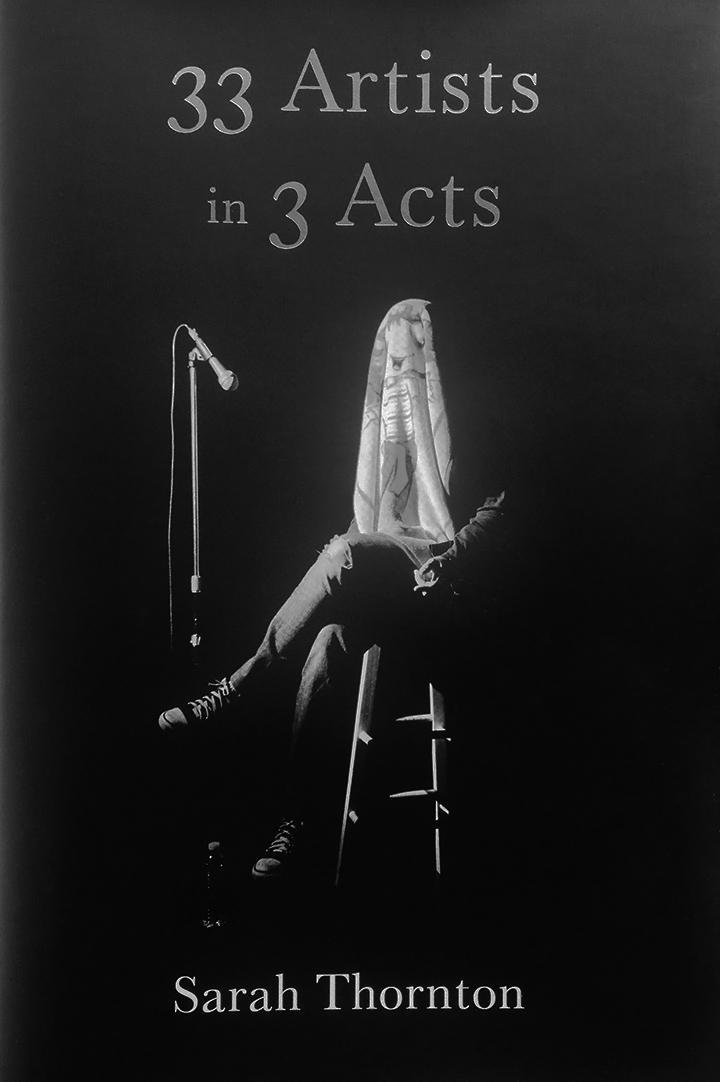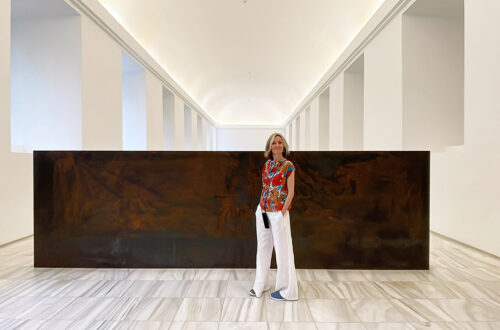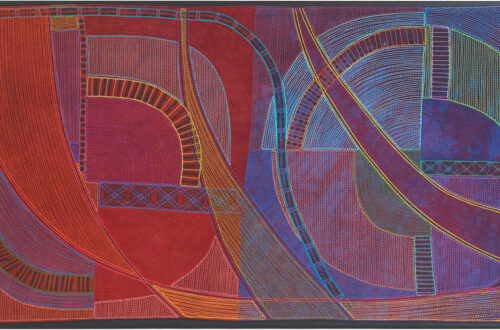
„33 Artists in 3 Acts“
В моите представи изкуството винаги се дели да два основни вида: онова, което е естетически издържано, емоционално наситено и чистосърдечно потребявано от голяма група ценители и онзи другият арт, който има претенция за величие и струва милиони, защото някой (съвсем сигурно, експерт) е подшушнал на едни хора с пари, че това е изкуство и че в него си струва да се инвестира. Аз лично нямам проблем с това, кой какво нарича изкуство и за колко успява да го продаде (всичко, което е някакъв вид себеизраз, е, явно в това число крави във формалдехид, черепи с диаманти, смачкани кенчета от кока-кола, керамични семки с числеността на китайския народ, че дори екскременти в консерва), аз имам проблем единствено, когато претенцията за величие отрича стойността на онзи първи тип изкуство, само защото не е елитарно, а се харесва и потребява от по-масова публика.


Защо споделям тези мисли… наскоро завърших книгата „33 Artists in 3 Acts“ на Sarah Thornton, в която тя описва срещите с едни от най-високо платените (умишлено не използвам думата известни) съвременни живи творци. Сред тях са Jeff Koons, Ai Weiwei, Zeng Fanzhi, Gabriel Orozco, Maurizio Cattelan, Carrol Dunham, Damien Hirst, Marina Abramovic, Cady Noland. Техният свят е безкрайно, безкрайно далече от ежедневието на един „простосмъртен“ артист, който се труди усилено, за да се издържа с изкуството си. И все пак подгънах доста ъгълчета из книгата и част от направилите ми впечатления редове споделям тук:
„(…) Needless to say, an artist’s „work“ is not an isolated object, but the entire way they play their game.“
„Indeed, being an artist is not just a job but an identity dependent on a broad range of extracurricular intelligences.“
„(…) I don’n think about the cost. (of an artwork, when acquisiting one). If you really like a work, you should be prepared to pay even more than it’s worth. Things that are really great add value to society.“ Jeff Koons
„The monetarization of everything – I mean everything – no one could have imagined the general foulness of it, he replies. „Because of headline prices, art interests people in a way that is not relevant to what it really is.“ (…) „We live in a cockeyed system,“ he says more dospassionately. „Basketball players make a hundred times more than teachers. Artists are the least of it. I suppose we should be happy to live in a world where artists can succeed like that, but it’s not what motivates us.“ Carrol Dunham
„(…) The work makes reference to the Achrome paintings of Piero Manzoni, an Italian artist who died at the age thirty in 1963. When Cattelan is asked for his autograph, he rarely signs his own name and often writes „Manzoni“, a gesture that insinuates kinship. Manzoni is famous for Merda d’Artista (1961), an edition of ninety cans of the artist’s shit. Weighing 30 grams each, whose fluctuatiating price was to be determined on the day of sale. „Merda was an upgrade of Duchamp’s urinal, a kind of Fountain 2.0,“ says Cattelan. The work spoofs the assumption that artists are alchemists and draws attention to the power of artist’s personalities in creating value.“
„The talent is allowed to act weird“. She embraces the idea that, as an artist, she can act a little persnickety and say exactly what she wants.“
„I agree with Woody Allen’s theory that tragedy plus distance equals comedy.“ Lena Duhnam
„Your ego can become an obstacle to your work. If you start believing in your greatness, it is the death of your creativity.“ Marina Abramovic.
„Indeed, handling one’s market – making decisions about how much art to make and where to show it – is part of the craft of being an artist.“
малко преди да дочета книгата пък попаднах на една документална поредица на BBC, озаглавена What makes art valuable, която доста добре илюстрира докъде се простира инвестирането в арт бизнеса днес:




